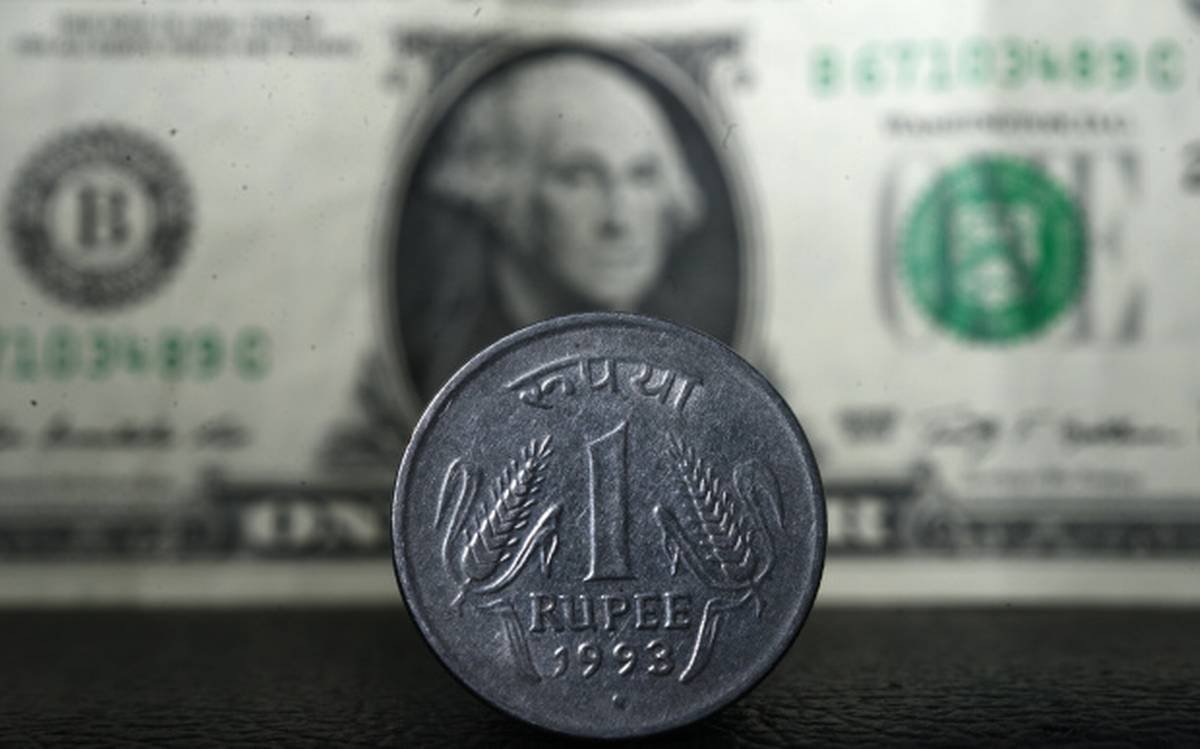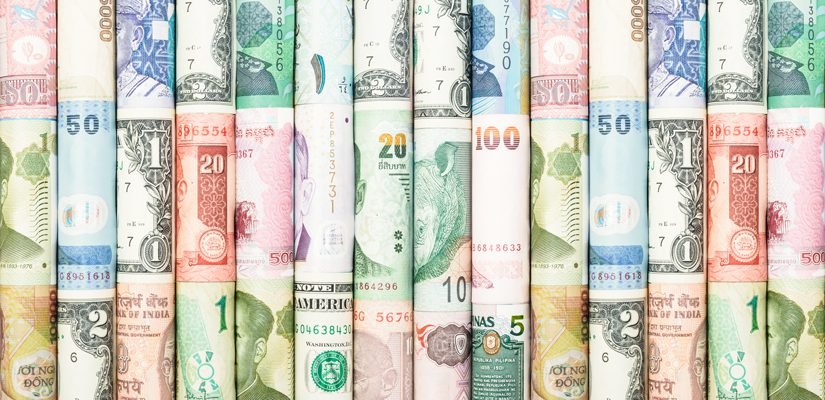Rupee Depreciates Against US Dollar on Strength of Greenback, but Positive Domestic Trends and Foreign Capital Inflows Offer Support
May 30, 2023
Place- New Delhi
The Indian rupee depreciated by 4 paise to close at 82.64 against the US dollar on Monday. The local unit had opened strong at 82.57 in the interbank foreign exchange market. Throughout the day, the Indian currency reached a high of 82.51 and a low of 82.67 against the greenback.
Forex traders attributed the fall in the rupee to the strength of the US dollar against major currencies worldwide. However, several factors helped limit the decline, including a positive trend in domestic equities, foreign capital inflows, and lower crude oil prices.
Investors showed optimism as US President Joe Biden and Republican House Speaker Kevin McCarthy reached a tentative agreement on the debt ceiling. The agreement, which is expected to face voting on Wednesday, boosted the dollar’s strength in global markets.
Despite the depreciation of the rupee, the domestic equity market performed well. The 30-share BSE Sensex rose by 344.69 points or 0.55 percent, closing at 62,846.38 points. The broader NSE Nifty also increased by 99.30 points or 0.54 percent, settling at 18,598.65 points.
Foreign Institutional Investors (FIIs) remained net buyers in the capital market on Friday, purchasing shares worth Rs 350.15 crore, according to exchange data. This inflow of foreign capital provided support to the Indian currency.
In global markets, the dollar index, which measures the greenback’s strength against a basket of six major currencies, rose by 0.02 percent to 104.23. Additionally, Brent crude futures, the global oil benchmark, declined by 0.40 percent to USD 76.64 per barrel.
USDINR
Looking at the currency fluctuations in different segments, the USDINR pair exhibited a downward drift bias with a range between 82.40 and 82.80. The agreement on the US debt ceiling and the anticipation of a 25-basis point rate hike in June influenced the direction of the US dollar. Support levels for the short term were identified at 82.50 and 82.20/25, while resistance levels were observed at 82.70–75 and 82.90–95.
GBPINR
The GBPINR pair traded in a range-bound manner with support at 101.90 and resistance at 102.35. Risk-on sentiment favored GBPUSD in the short term, but the rising US bond rates posed a potential dampener. Changes in the USDINR pair had the potential to impact GBPINR.
EURINR
EURINR experienced a downward drift bias with support at 88.55–89.15. The movements in EURINR were influenced by changes in USDINR due to the US and UK holidays. With USDINR trending downward, EURINR was expected to weaken further.
JPYINR
Lastly, the JPYINR pair showed a downward drift bias with support at 58.95–59.45. The rising USDJPY, driven by increasing US bond yields and a risk-on trend in global equities, indicated a potential downside for JPYINR.
Currency Traders Advised to Monitor Factors Amidst Indian Rupee’s Depreciation Against US Dollar
Currency traders were advised to monitor these ranges and factors closely to make informed trading decisions.
Market experts suggest that the depreciation of the Indian rupee against the US dollar can be attributed to the overall strength of the American currency in global markets. The US dollar has been gaining momentum as investors grow more optimistic about the agreement reached between President Joe Biden and House Speaker Kevin McCarthy on the debt ceiling.
The agreement, which is expected to be voted on Wednesday, has helped alleviate uncertainty in the market. As a result, Asian equity markets have seen gains, and US bond yields have been gradually rising. The prospect of higher US bond issuances has also been a significant factor contributing to the strength of the US dollar.
While the depreciation of the rupee against the US dollar was limited, several factors have supported the domestic unit. One of the primary factors is the firm trend observed in the domestic equities market. The 30-share BSE Sensex and the NSE Nifty both closed higher, driven by positive investor sentiment.
Foreign capital inflows have also played a role in restricting the fall of the rupee. Foreign Institutional Investors (FIIs) remained net buyers in the capital market, indicating confidence in the Indian economy. This inflow of foreign funds has provided support to the rupee against the US dollar.
Looking ahead, traders and investors will closely monitor the developments related to the US debt ceiling agreement and the anticipated rate hike by the US Federal Reserve in June. These factors will continue to influence the strength of the US dollar and, consequently, the value of the Indian rupee.
It is important to note that currency markets are subject to various economic, political, and global factors, making them highly volatile. Traders and investors are advised to exercise caution and conduct thorough analysis before making any trading decisions.
Disclaimer: Disclaimer: CurrencyVeda is an information provider for educational purposes and does not offer financial advice. It is important to note that currency markets are highly volatile and subject to various economic, political, and global factors. The content presented here should not be treated as financial advice. Traders and investors are strongly advised to exercise their own judgment, conduct thorough research, and seek professional advice before making any investment decisions. CurrencyVeda shall not be held liable for any losses or damages arising from the use of this information.
References-
https://www.reuters.com/world/us/biden-mccarthys-bumpy-journey-debt-ceiling-deal-2023-05-29/
https://www.investopedia.com/terms/f/fii.asp
https://www.theweek.in/wire-updates/business/2023/05/29/del26-biz-rupee-close.html
https://www.quantartmarket.com/usd-inr-view-today/
https://www.investopedia.com/articles/investing/100814/why-10-year-us-treasury-rates-matter.asp




